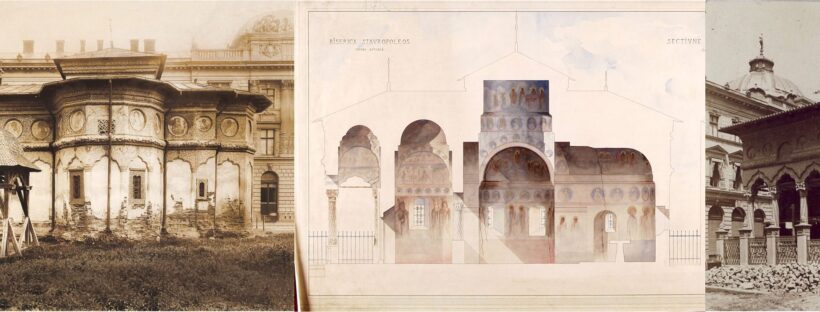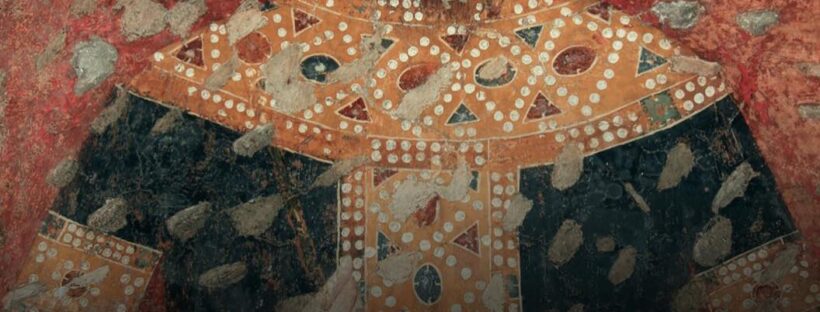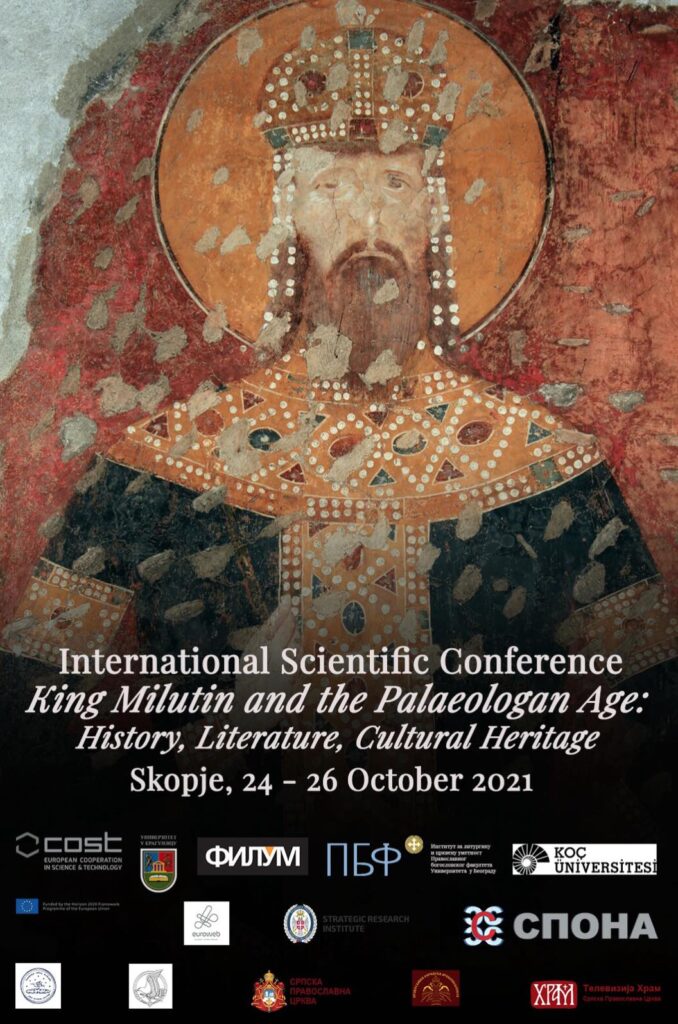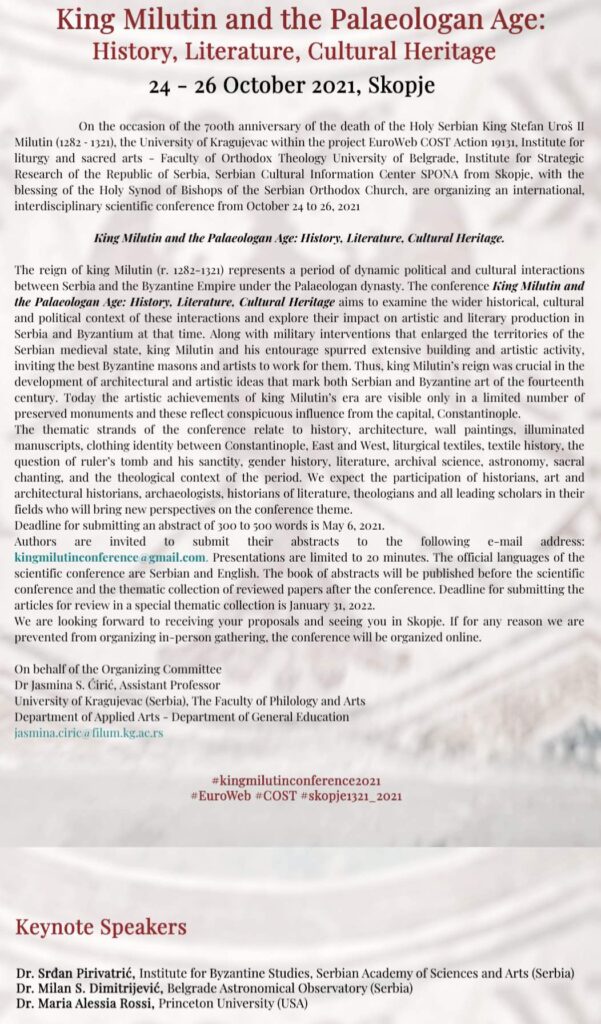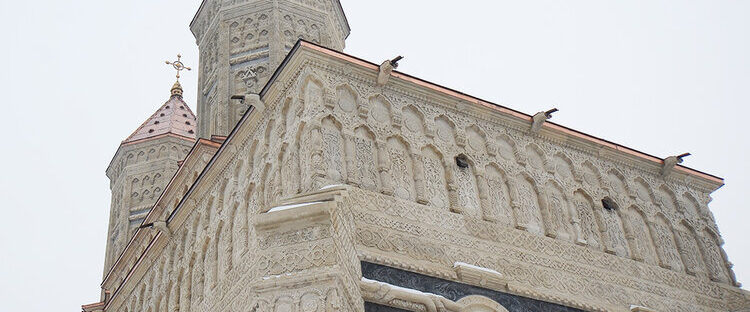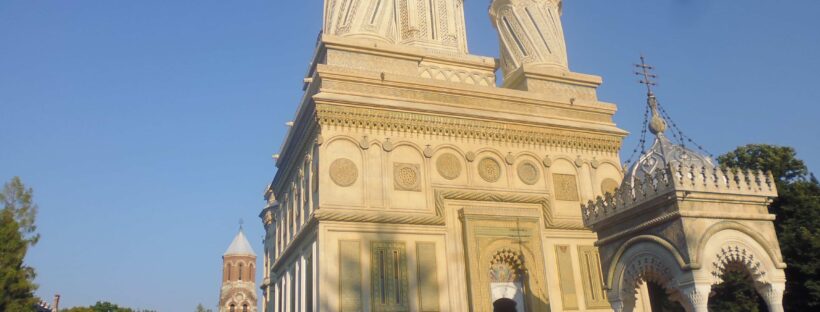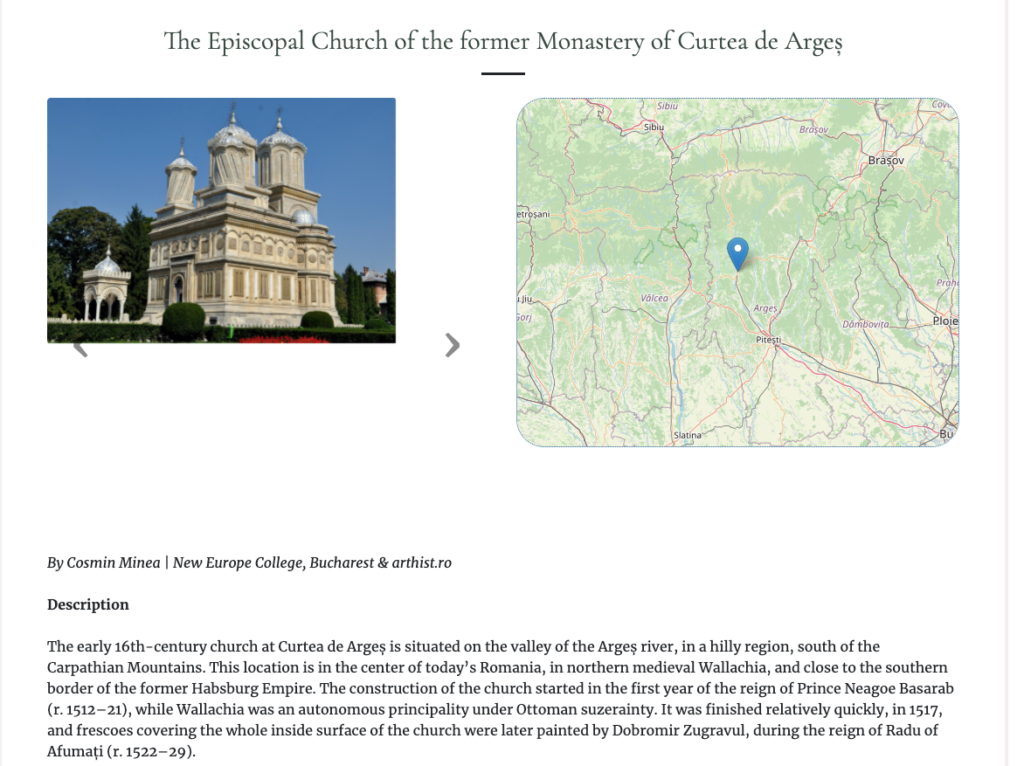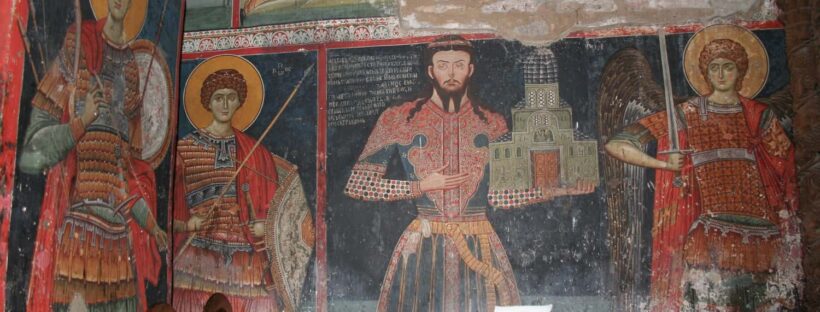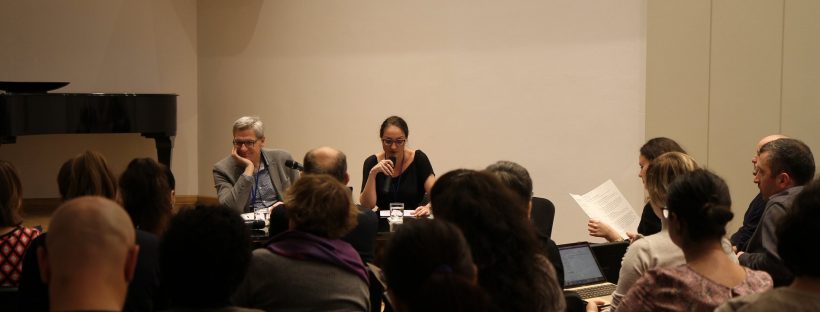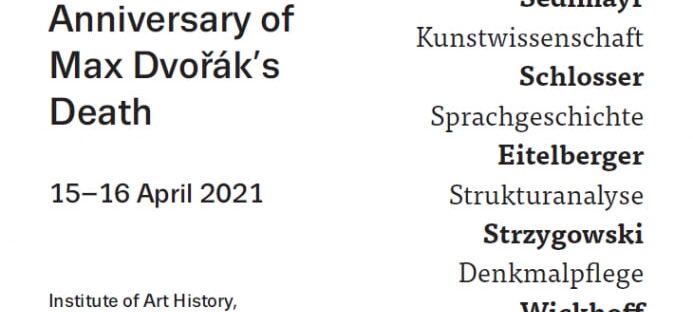Call for Papers:
Restoration and Promotion of Architectural Monuments in Central and Eastern Europe in the 19th and First Half of the 20th Centuries
International workshop at the Institute for the History and Theory of Architecture, ETH, Zürich, 7-8 July, 2022
Since the early 19th century, on the Dalmatian Coast, in the Carpathian Mountains or on the Hungarian plains, old historical monuments were reconstructed, repainted, or consolidated as part of new collective identities. Artists, historians and writers promoted architectural monuments through restorations, ceremonies, exhibitions or writings. In the process of defining various identities based on notions of shared cultural heritage, restorations played a key role. They were opportunities to change the aspect of monuments, to consolidate or renew decaying buildings, to debate their meaning, write about and promote them, all according to specific purposes or beliefs. Moreover, restorations were also opportunities for international collaborations, for the creation of intellectual networks and of communication channels for ideas about artistic styles, practices and cultural identities. Nevertheless, in spite of their significance, restorations and processes of heritage creation have played a marginal role in histories of modern Central and Eastern Europe.
This international workshop aims to identify some of the methods, actors, ideas and principles behind restoration of architectural monuments and their promotion to a wider public on the territories of the former Russian, Habsburg and Ottoman Empires and their successor states. The focus of the workshop is both on the activity of restoration and on the various mediums for the promotion of architectural monuments, such as exhibitions, new urban layouts, ceremonies, commemorations, re-enactments, artificial lighting, entertainment venues, etc. Central and Eastern Europe is defined by its dual Imperial and national heritage, by many overlapping common histories and by similar social and cultural contexts. Therefore, comparisons, contrasts or parallels are in particular suitable and papers looking at more than one national context are especially welcomed.
Possible questions to consider are:
- What was the significance and impact of various mediums of promoting architectural monuments in the 19th and First Half of the 20th Centuries?
- What was the significance of particular restoration principles and what was their relation to ideas about national art and heritage?
- What transnational artistic encounters and networks were created by the restoration and promotion of monuments?
- How were local populations involved in restoration and promotion activities, and what was their influence?
- What do restorations reveal about the idea of transnational heritage, and what are other ways of studying the creation of historical monuments beyond the national framework?
Proposals are welcomed from researchers of all levels of experience. The workshop aims to potentially form a network of scholars with similar interests and future publication opportunities will be explored. Please submit an abstract of maximum 300 words along with a brief CV to architecturalmonumentscee@gmail.com by the deadline of April 4, 2022. A decision on the participation will be made by April 18. Participants who do not have access to institutional funding can claim support for travel and accommodation expenses. Please specify when you send in the abstract. The workshop will be held in person (unless subject to unavoidable pandemic restrictions) and based on discussion of pre-submitted papers. Works in progress that invite reflections and feedback are also accepted. Future publication opportunities will be explored.
More info can be found on the conference website: https://architecturalmonumentscee.ethz.ch/
For any questions please contact Dr Cosmin Minea at minea@arch.ethz.ch
More details can be found on the website: https://architecturalmonumentscee.ethz.ch/
Please also find below the call for papers in PDF format.
 Art Historiographies in Central and Eastern Europe
Art Historiographies in Central and Eastern Europe 